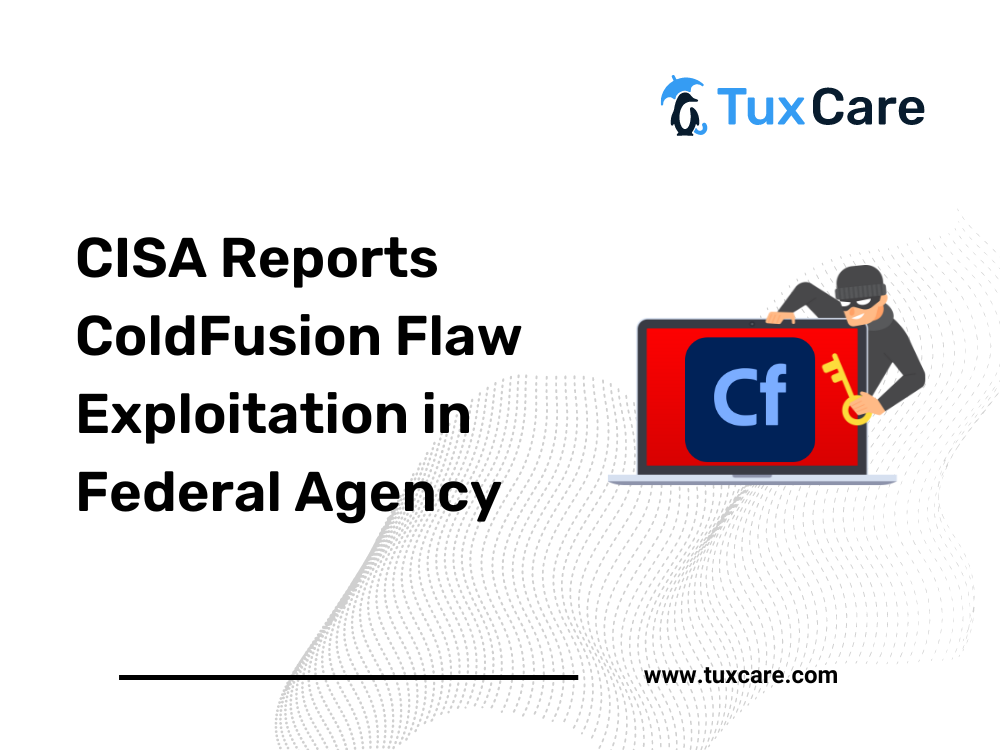CISA Reports Adobe ColdFusion Flaw Exploitation in Federal Agency
In this dynamic field of cybersecurity, one persistent threat continues to loom over businesses that use Adobe’s ColdFusion application. Despite a patch released in March, a ColdFusion flaw is being actively exploited in the unpatched systems.
This article explores the details of the ColdFusion vulnerability, examining recent incidents reported by the U.S. Cybersecurity and Infrastructure Security Agency (CISA) and emphasizing the importance of timely security patches.
ColdFusion Flaw Exploitation
The two incidents reported by CISA at an undisclosed federal agency in June shed light on the severity of the ColdFusion flaw exploitation. In both cases, threat actors exploited the CVE-2023-26360 vulnerability in ColdFusion to gain access to public-facing web servers. The attackers, who may have belonged to one or more separate groups, planted malicious software, including a remote access trojan (RAT), and navigated through file systems using a web shell interface.
CISA highlighted a noteworthy aspect of the incidents – the apparent reconnaissance efforts by the threat actors. Despite the successful breach, there was no evidence of data exfiltration or lateral movement. Instead, the attackers seemed to focus on mapping the broader network. This raises questions about the motives behind the exploitation, hinting at a strategic approach to gather intelligence rather than a direct assault for data theft.
Adobe’s Patch and Persistence of Threat Actors
In March, Adobe released a patch to fix the ColdFusion flaw, recognizing a small number of attacks “in the wild”. Still, there is a reason to be concerned about threat actors’ continued exploitation of unpatched systems. The CVE-2023-26360 vulnerability does not need the targeted victims to take any action in order to allow for arbitrary code execution. Security experts report targeted attacks occurring even after the patch was implemented, which means that companies must remain vigilant and quickly apply updates to safeguard their systems.
To avoid the risks of delayed patching, organizations can utilize an automated live patching solution, KernelCare Enterprise. KernelCare automatically applies all security updates to Linux systems without requiring a reboot or downtime.
Learn more about KernelCare Enterprise live patching here.
Conclusion
The ColdFusion flaw poses a significant risk to organizations, as evidenced by real-world incidents reported by CISA. The threat actors demonstrated a series of specific actions in the reported incidents. From exploiting this vulnerability to gaining access to web servers, identifying opportunities for lateral movement, and planting malware, the attackers exhibited a sophisticated modus operandi.
The sources for this article include a story from SecurityBoulevard.



 Documentation
Documentation Login
Login




